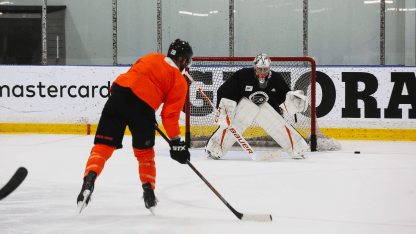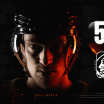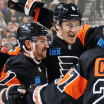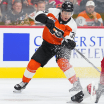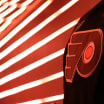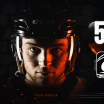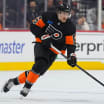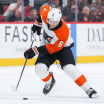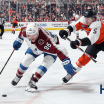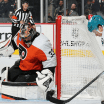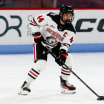Best wishes for a speedy recovery go out to Montreal Canadiens head coach Claude Julien. The Stanley Cup and Jack Adams Award winning coach is hospitalized after reportedly suffering chest pains on Wednesday night. He is not expected to be able to return behind the bench in this series. For now, associate coach Kirk Muller will serve as the Canadiens' head coach.
Thursday Practice News & Quotes
Vigneault takes more positives than negatives from the team's 2-1 win on Wednesday night
